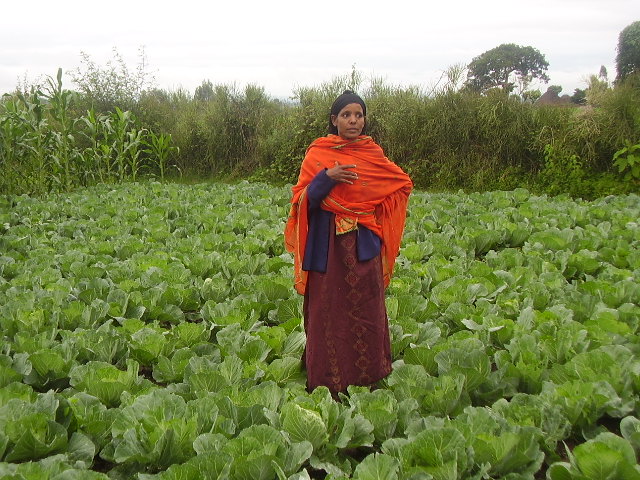8.1 Gender in Agricultural Extension
Classically in extension, a household is conceptualized as a programme unit. A household consists of individuals working in similar ways towards a common goal under the leadership of a male head. However, in reality the household is a much more complex and dynamic social entity. While it is useful to draw attention to the fact that there is division of labour along gender lines and it has profound implications for the organization of agriculture, men's and women's responsibilities and privileges vary along socio-cultural and socioeconomic lines specific to a particular time and place. The key role played by women in agriculture in the past was generally not acknowledged in government data and decision-making. This situation has changed over the last two or three decades, and much has been achieved in giving recognition to the importance of women in the agricultural sector. Gender mainstreaming is the current global approach in advancing gender equality and equity. At the level of national government there is a move towards incorporating a gender perspective into policies, plans, programmes and projects to ensure that these impact on women and men in an equitable way.
The advantage of a gender mainstreaming approach is that it allows for the advancement of gender equality and equity regardless of whether it is women or men who are disadvantaged and whose position needs to be addressed. In some regions and sectors, for example, women may be in a more advantageous position than men and gender analysis can reveal this. However, given the fact that historically it is women, who have tended to be disadvantaged, and that a number of inequalities remain, projects and programmes may need to target women specifically in order to bring about gender equality.
Much has been written about the past failures of government extension services in reaching women farmers and the cultural bias which has in many countries prevented women from active participation in group training, extension meetings and most importantly, access to inputs such as fertiliser and credit. These services have been predominantly staffed by men and they have tended to direct their services to male farmers or heads of households, excluding female-headed households and women members of male-headed households. However, any consideration of gender in relation to these points must be considered in the context of the changes which are taking place.

Licensed under the Creative Commons Attribution Share Alike 3.0 License
This Learning Resource was Created by the Regional MSc AICM Program at the Haramaya University RDAE Department with Support of AgShare Project.